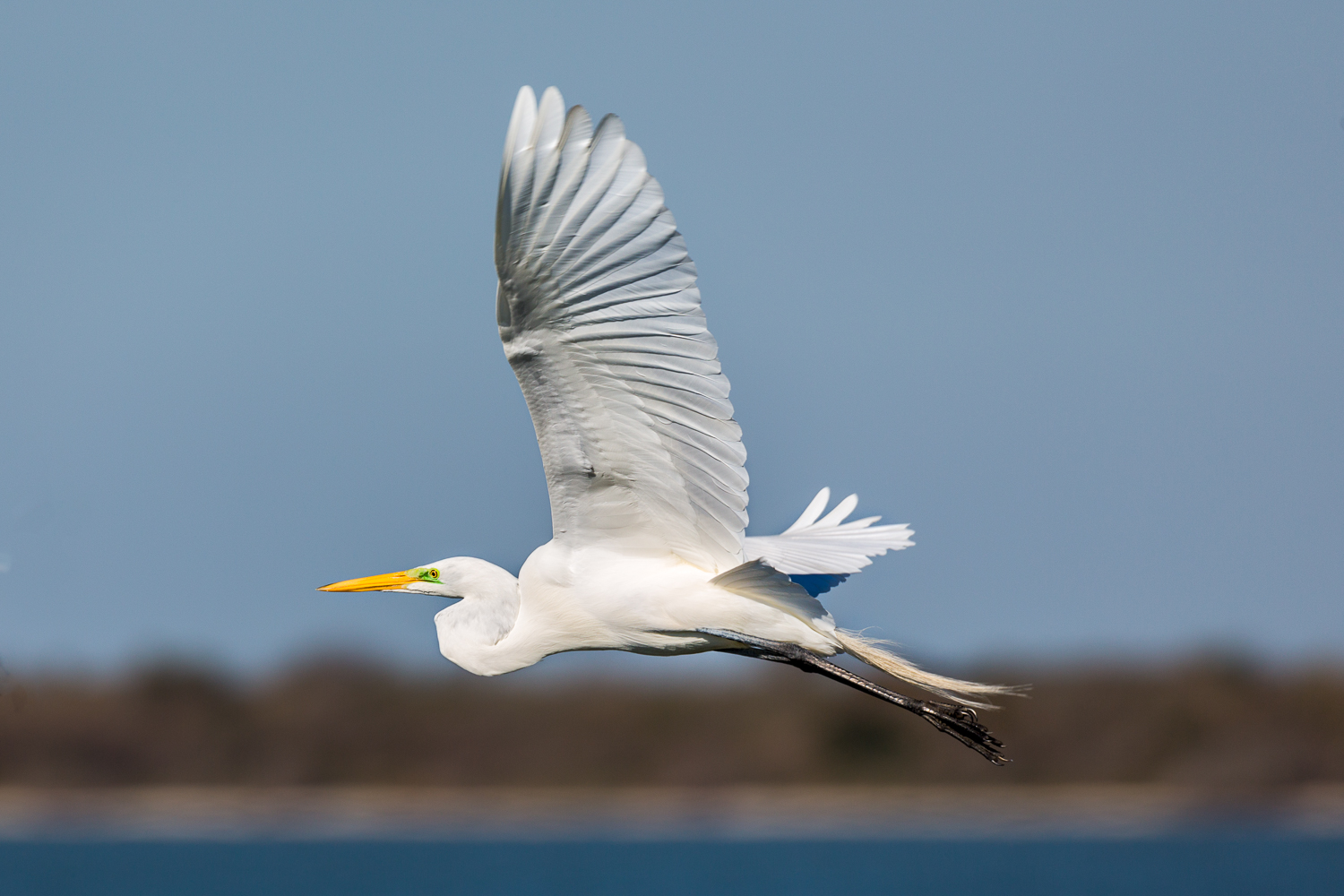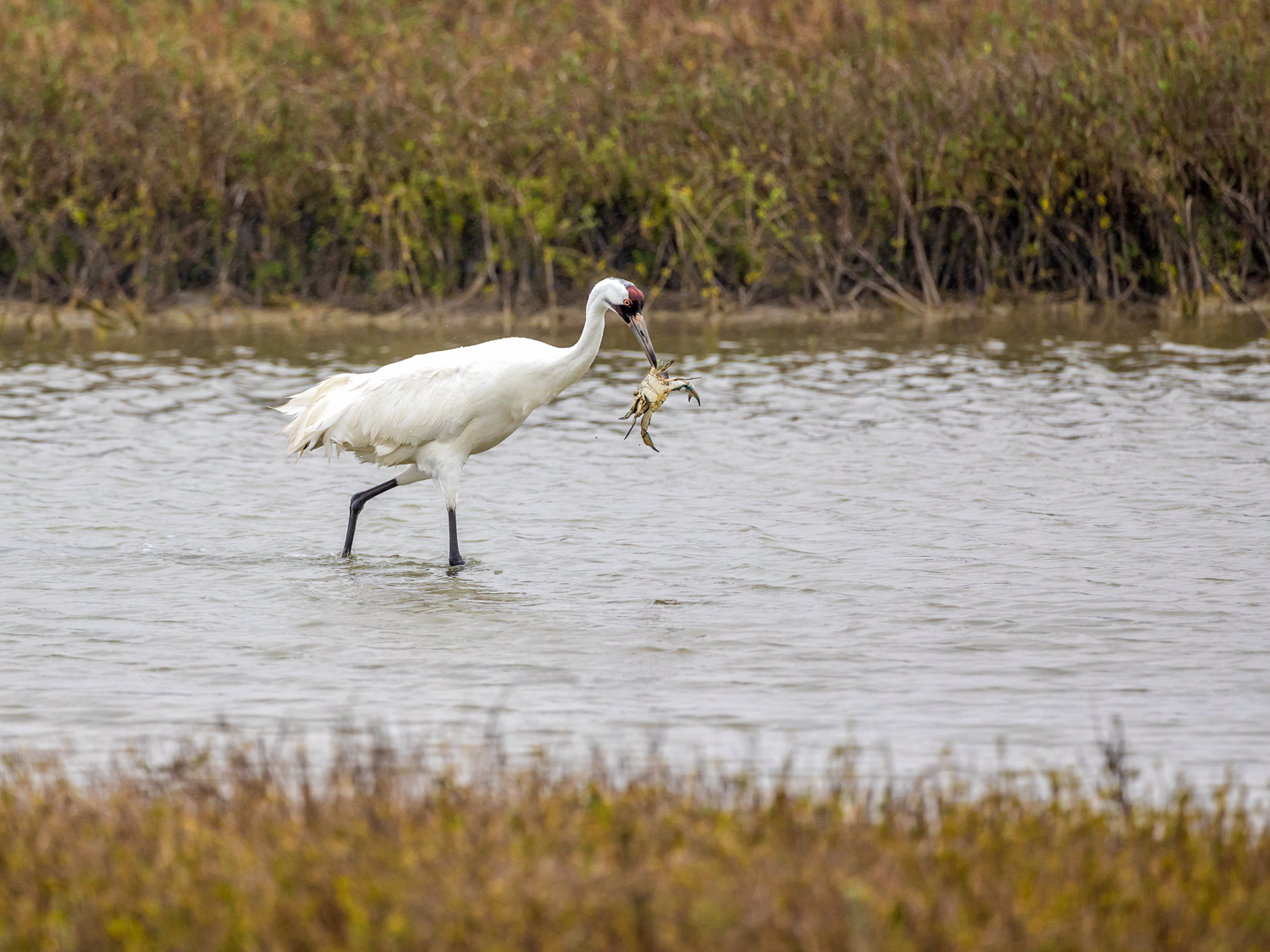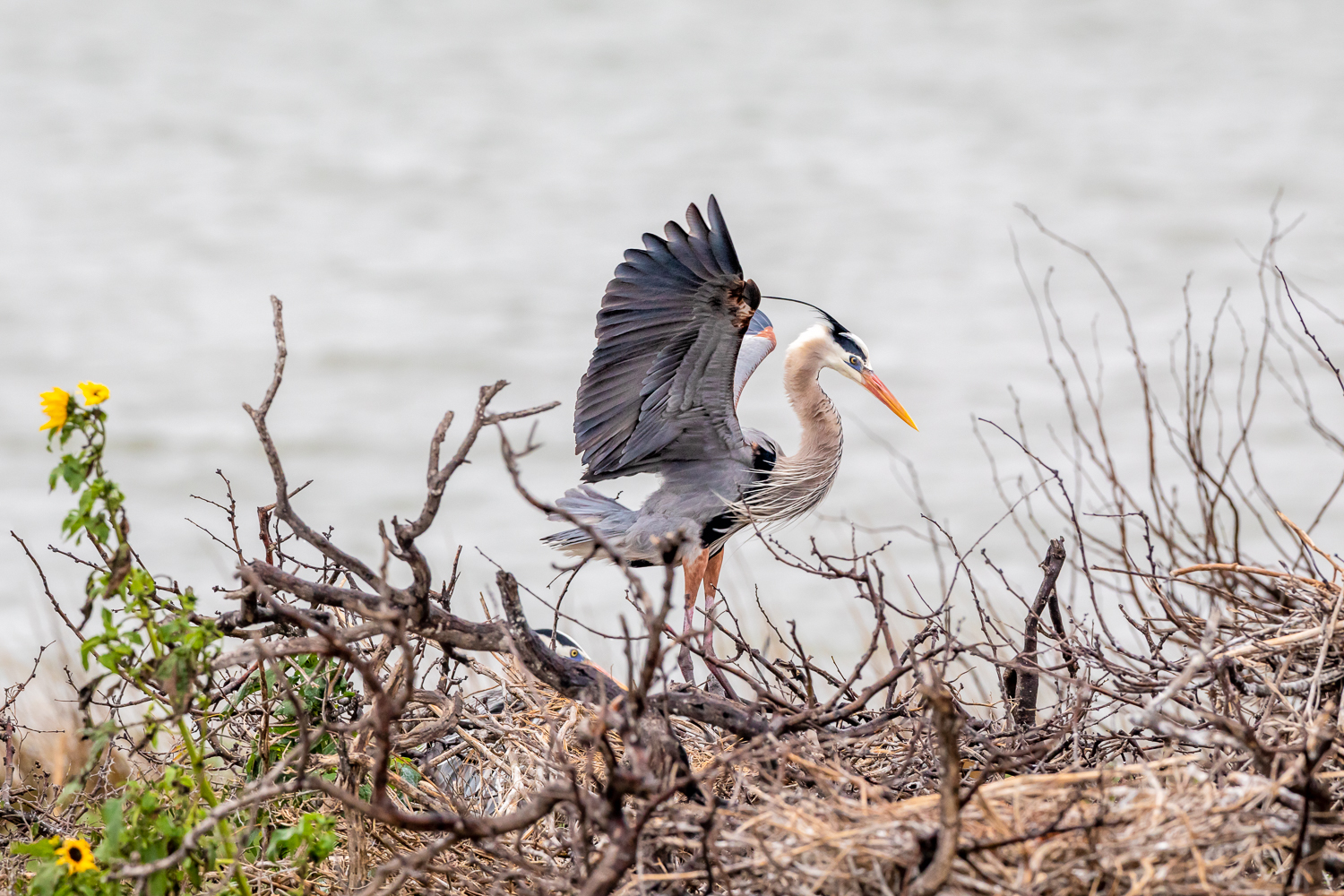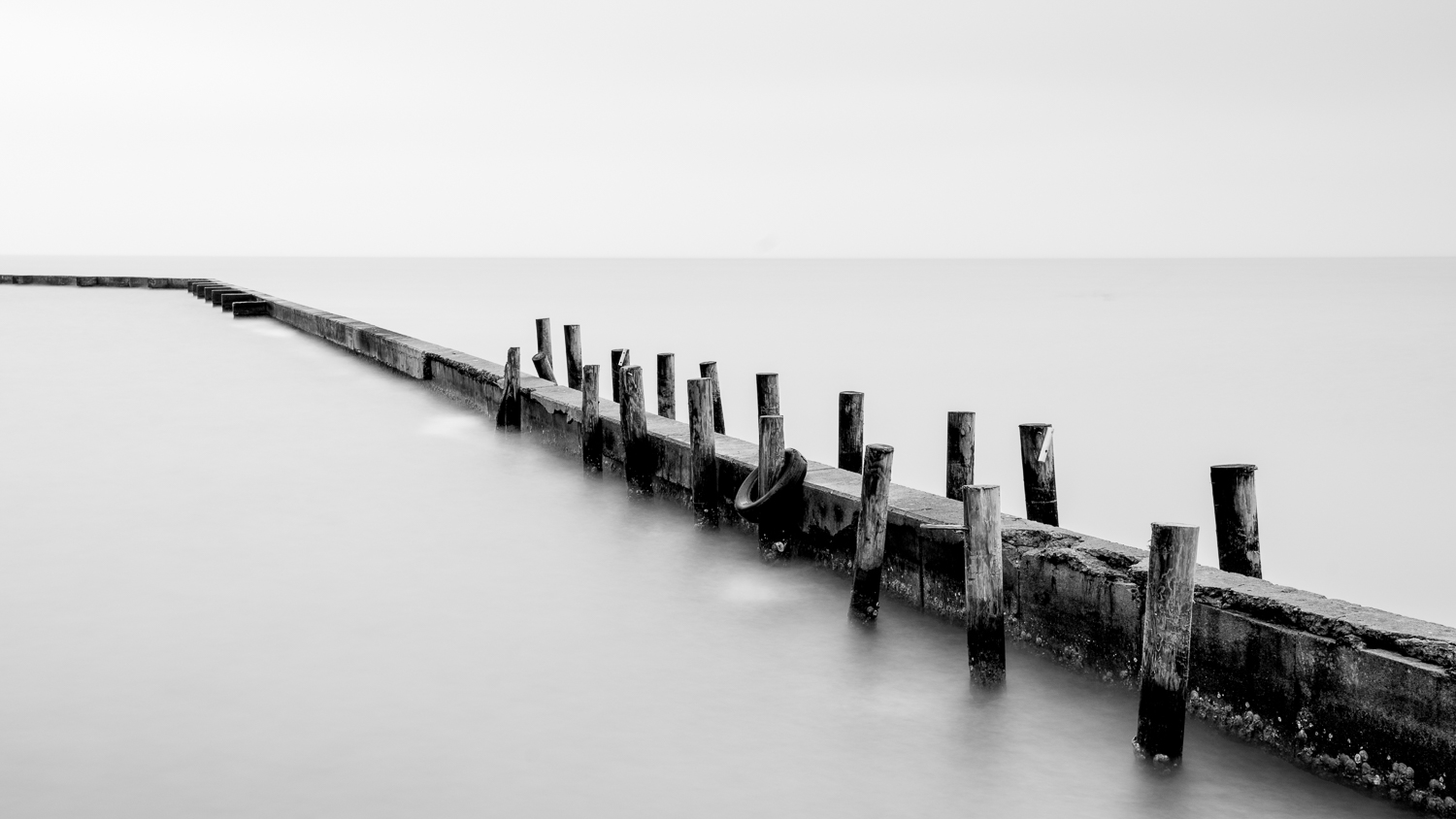I photographed this Great Egret at the Aransas National Wildlife Refuge near Rockport, TX. I am planning a trip to the region later this week to photograph beautiful landscapes and local/migratory birds. The Great Egret is widely found in the Refuge and throughout the southern portion of Texas. The last time I visited the Refuge I went in by boat. This time I intend to enter the Refuge by land. I hope to get some good photos of wildlife while I’m there. If I’m lucky, I will get some good photos of Whooping Cranes. Stay tuned.

This image was taken with my Canon EOS 5D Mark III using my Sigma 150-600mm f/5-6.3 Sports Lens set on 569mm. The camera was set on Aperture Priority mode with the aperture set at f/8, shutter speed at 1/640th of a second and the ISO set at 100. This is a single image processed in Lightroom and finalized in Photoshop using Nik Color Efex Pro.
You can view my Birds of Texas collection by clicking here. Please use the section below to post your comments, questions, or suggestions.



Terry, I am not sure if you have visited this location, however this would be a great opportunity for you to capture some great photos to add to your portfolio and broaden the horizon on egrets. Keep enjoying what you do as we all benefit from your talent.
Bird City (wildfowl refuge)
Bird City is a private wildfowl refuge or bird sanctuary located on Avery Island in coastal Iberia Parish, Louisiana.
It was founded by Tabasco sauce heir and conservationist Edward Avery McIlhenny, whose family owned Avery Island. McIlhenny established the refuge around 1895 on his own personal tract of the 2,200-acre (8.9 km2) island, an approximately 175-acre (0.71 km2) estate known eventually as Jungle Gardens because of its lush tropical flora.
By the late 19th century, plume hunters had nearly wiped out the snowy egret population of the United States in pursuit of the bird’s delicate feathers, which were commonly used by milliners for the adornment of ladies’ hats.
Alarmed by this trend, McIlhenny searched the Gulf Coast and located several surviving egrets, which he took back to his estate on Avery Island. There he turned the birds loose in a type of aviary he called a “flying cage,” where the birds soon adapted to their new surroundings. In the fall McIlhenny set the birds loose to migrate south for the winter.
As he hoped, the birds returned to Avery Island in the spring, bringing with them even more snowy egrets. This pattern continued until, by 1911, the refuge served as the summer nesting ground for an estimated 100,000 egrets.[1]
Because of its early founding and example to others, Theodore Roosevelt, father of American conservationism, once referred to Bird City as “the most noteworthy reserve in the country.”[2]
Today, snowy egrets continue to return to Bird City each spring to nest until resuming their migration in the fall.
Thanks Danny. I will add it to my list.